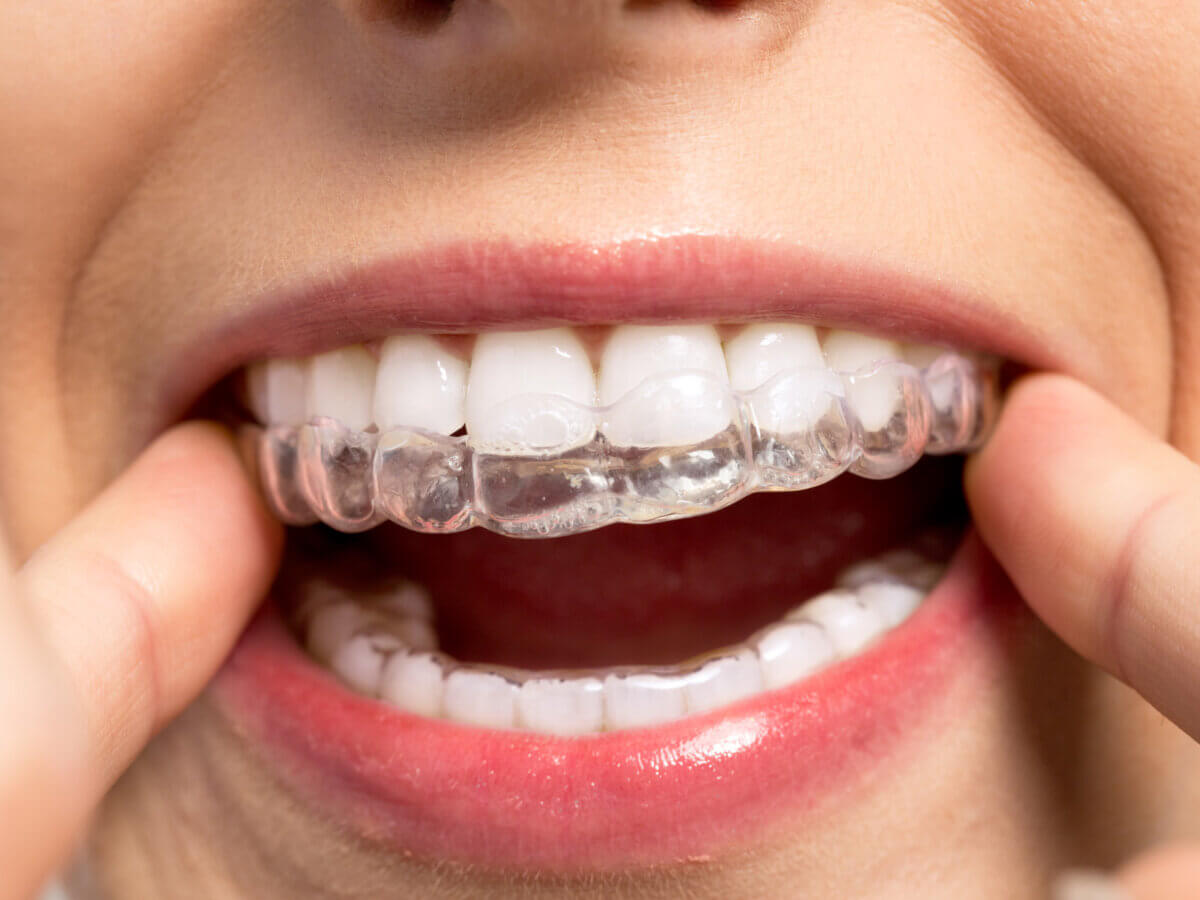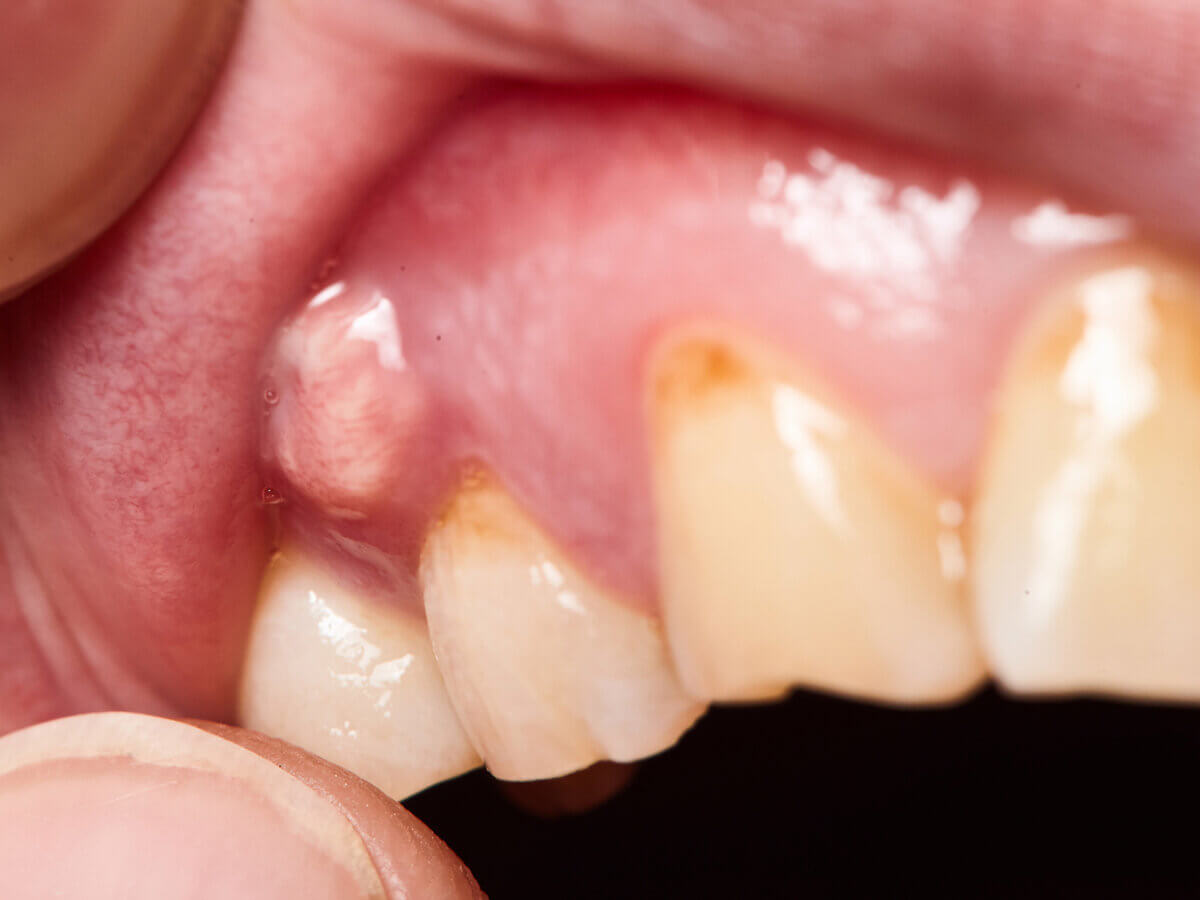Invisalign has become increasingly popular as an alternative to traditional metal braces in the last few years. Their comfort, invisibility, and removable attributes have made them popular with teens, sports people, and every population segment. These clear trays can treat and correct dental issues, such as tooth gaps, overbites, and underbites.
The popularity of Invisalign also comes from the fact that you do not have to make significant lifestyle changes to use these aligners. You can eat all your favorite foods and play any sports while undergoing this treatment since you can always remove them and wear them back easily.
Though you do not need to modify your lifestyle with Invisalign (as opposed to metal braces), you still have to be vigilant about oral care. We all know that dental hygiene is essential for all of us, but it becomes all the more crucial while you are wearing these clear trays.
Let us understand in detail the significance of oral hygiene when undergoing Invisalign treatment.
Why Is Dental Cleanliness So Important During Invisalign Treatment?
When you wear these aligners, you are at a greater risk for gum diseases and cavities because debris and food residues can easily get trapped in your mouth and get stuck to your aligners.
If you do not keep your mouth clean, you could also damage or stain your trays, and it would become harder to achieve your dream smile in the desired timeframe.
- Cavities – If you do not brush, floss, and rinse your mouth as recommended by your dentist, you have increased chances of cavities while on Invisalign. If there are food particles on your teeth’s surface (due to poor oral hygiene), these residues can stick to your clear trays too. This elevates the risk of plaque (a thin film of bacteria) formation.
The bacteria in plaque feed on sugars in your food, increasing acid production in your mouth, which could lead to tooth erosion and gum irritation. You are not just in danger of developing cavities but also halitosis (bad breath) and periodontitis (severe gum disease).
- Stained aligners – If you are drinking beverages or eating foods that are highly pigmented, not cleaning your mouth throughout after such foods can result in your trays getting stained. Foods and drinks like coffee, red wine, berries, soy sauce, etc., have strong colors, which can leave stains on your teeth after consuming them.
It is vital that you clean and rinses your mouth thoroughly after intake of such foods and drinks, or else your aligners will get damaged and stained, which would make it difficult to wear them.
How To Take Care Of Oral Hygiene And Aligners During Invisalign Treatment
You do not just have to clean your own mouth, but you also need to take care of your aligners while on this treatment. Here are some tips on how to be on track with your Invisalign treatment without any complications.
- Maintain excellent oral hygiene – The importance of dental care can not be overemphasized, especially while you are wearing these clear trays. You must brush twice for two minutes and floss once a day. Rinsing and cleaning your mouth after every meal before popping in your aligners is a must.
You should drink lots of water as it will ensure that food and other hazardous particles from your mouth are eliminated. Eating sugar-free gum after rinsing your mouth and putting back your aligners in case you do not have a toothbrush or it is not practical to brush in a given situation (such as at a party.)
- Clean your aligners – It is imperative to wash your trays while brushing your teeth. You can buy a specific cleaning kit meant for Invisalign and avoid using normal toothpaste as it could be too abrasive for the plastic aligners. You could also use mild soap to clean them, along with a cotton swab, a cloth, or a soft-bristled toothbrush.
Do not use brushes with hard bristles, as they will damage the tray by scratching them. If you are not able to brush your aligners due to some reason, do remember to clean them when you put them back. You could also soak the aligners in lukewarm water. Do not use too hot or too cold water as it will change the shape of the trays and can hamper the treatment progress.
- Store your aligners in a dry case – It is crucial that you keep your trays in a clean and dry closed case when you are not wearing them. If you put them on the sink or a table, they could pick up germs and bacteria from the environment, which would later land in your mouth once you wear them back. You would usually get a case from wherever you get your Invisalign treatment done.
- Do not eat or drink anything (except water) while your aligners are in your mouth – The plastic aligners are easy to wear and feel comfortable, and you get used to them very quickly. This means you can forget your aligners are inside and might drink beverages that could stain your aligners.
Apart from water, any other liquid would seep through the aligners to your teeth, and if it has sugar or is acidic, it could harm your teeth. The area under your aligner is not accessible to saliva in your mouth, so the natural cleansing of your mouth by saliva does not work on them. Drink only plain (not sparkling) water while the aligners are in your mouth.
Oral hygiene is vital in itself, but with Invisalign dental care gets all the more essential. You must take care of both your teeth and the aligners so that bacteria or other debris does not get caught up inside the trays giving rise to cavities and other dental complications.




